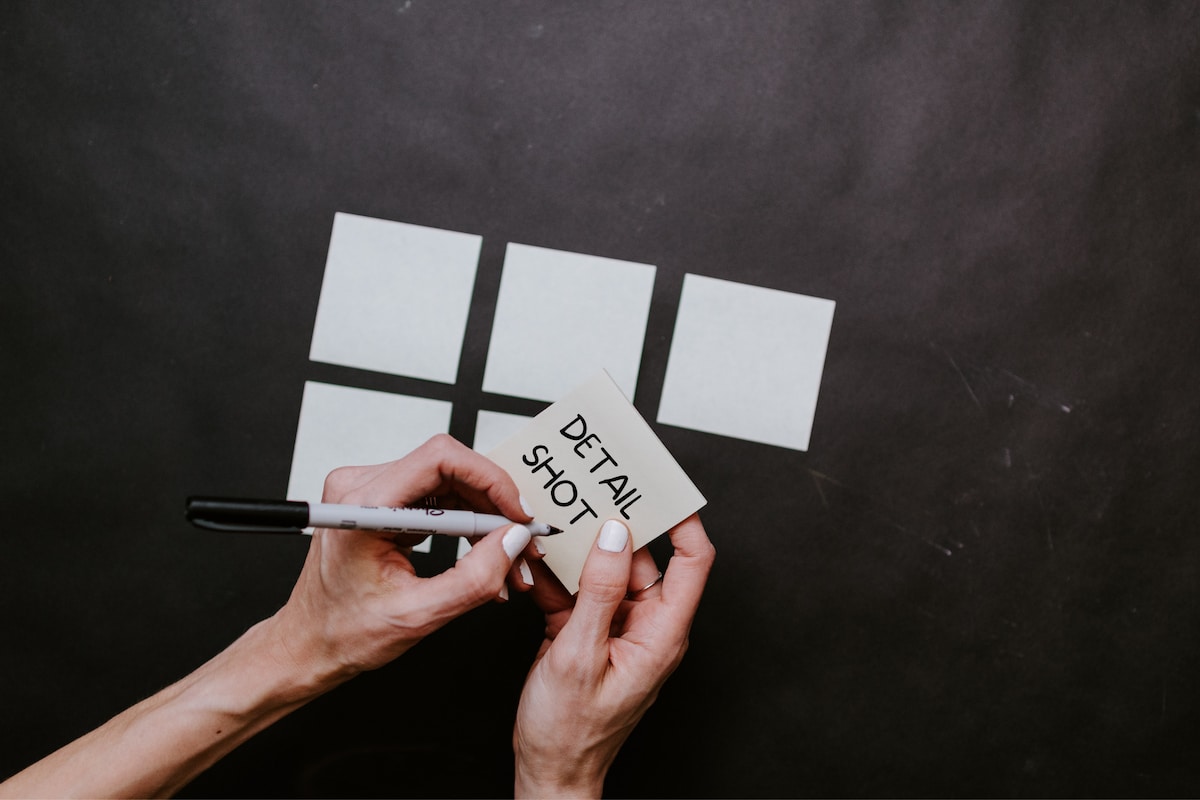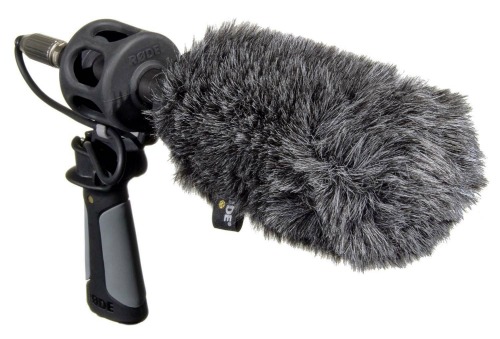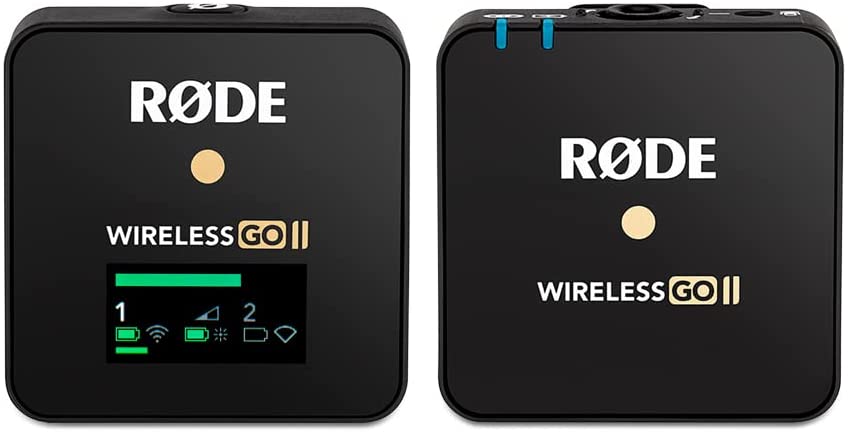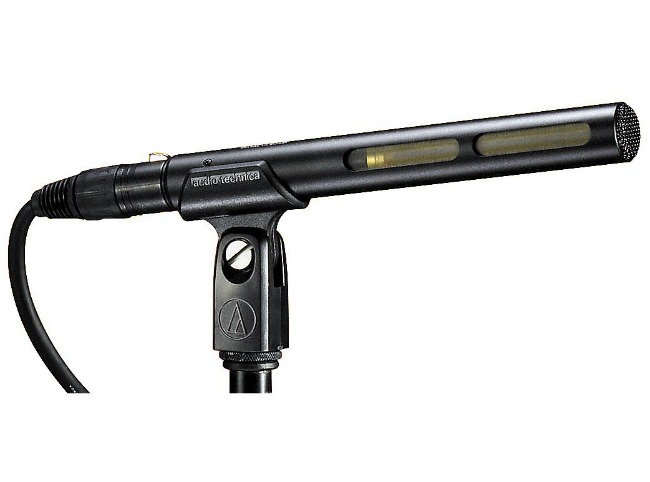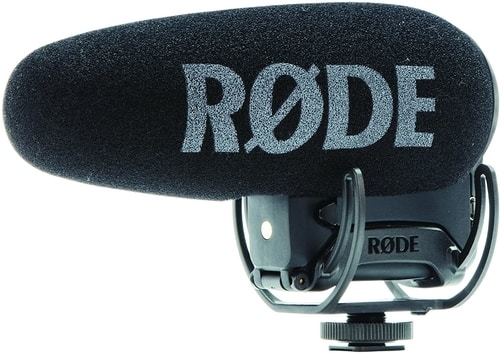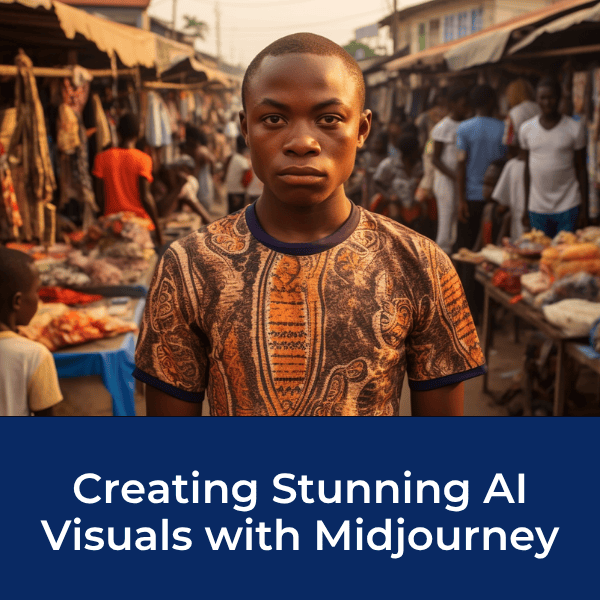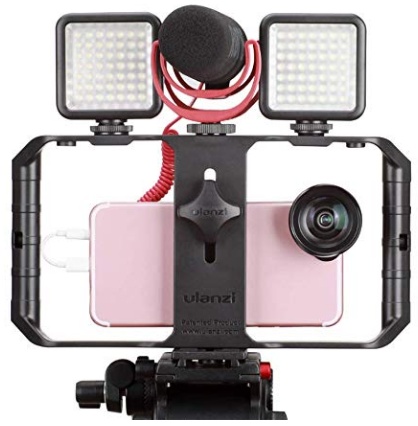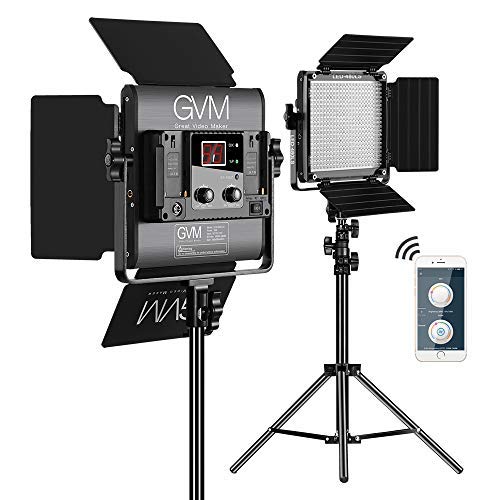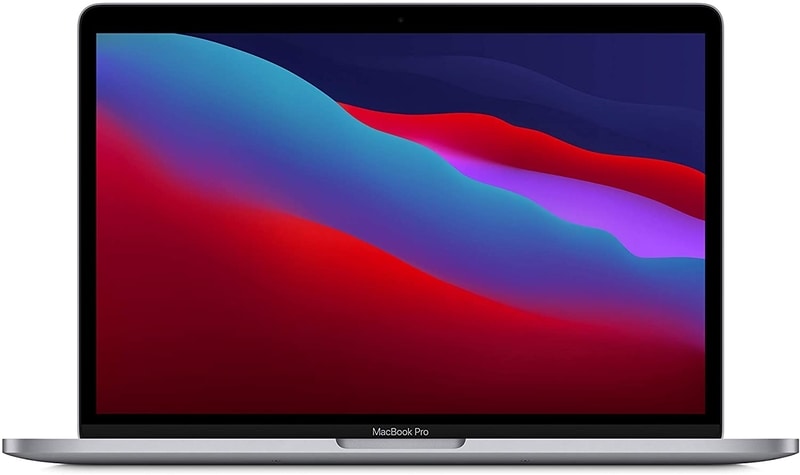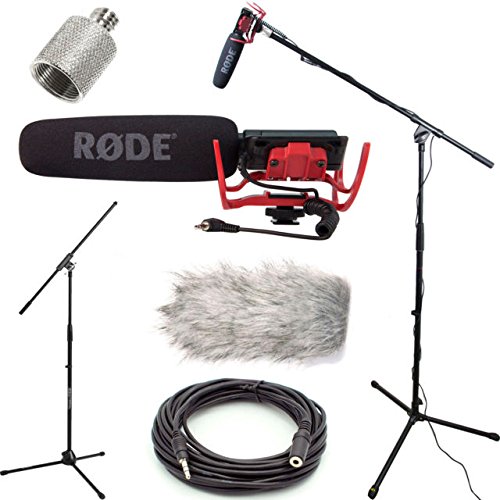How To Create A Shot List:
The 6 Essential Shot Types For A Documentary
6 Essential Shot Types For Documentary
Ready to create a shot list for your documentary? Great!
Wide, medium and closeup.
These are the three shot types that every filmmaker learns from day 1.
But good luck telling a story in just three shots.
You actually need at least six types of shots in order to tell an effective visual story.
Once you’ve got them down, it will be easy to create a documentary shot list (with room for improvisation, of course)!
Get an interactive Shot List Template as one of the many tools, templates and resources inside our popular 7-Day Documentary Crash Course!
What is a shot list?
A shot list is a list of every shot you plan to film in a scene, and how you want to film it. This includes information such as the type of camera/lens, shot, angle, location, and movement.
Now, with documentaries, a shot list works a little differently.
Since documentary filmmaking is so unpredictable, your shot list will be at best “a guess” of what you’ll film. However, it’s helpful to at least outline a list of potential shots in order to limit and direct what you or your photographer focus on.
Why create a shot list?
If you don’t plan a shot list, it's easy to get wrapped up in the critical action of your story and forget to film anything else.
For example, let’s say you are filming a documentary about a fisherman. You might overshoot footage of this person fishing, working, and otherwise spending time on a boat. But what about the rest of this person’s world? He doesn’t live in the middle of the ocean, or does he?
By only focusing on the critical action, you can end up in the edit room with a one-dimensional story.
So, how do you make a shot list that guarantees a dynamic, three-dimensional story?
CREATE A SHOT LIST: 6 ESSENTIAL SHOT TYPES FOR DOCUMENTARY
1. Establishing Shots - a wide shot of the critical action. This shot makes it obvious where the scene is taking place.
Do several takes from different angles. You’ll be surprised in the editing room when you pick one shot over another just because it gives you a slightly different feel for the situation your character is in.
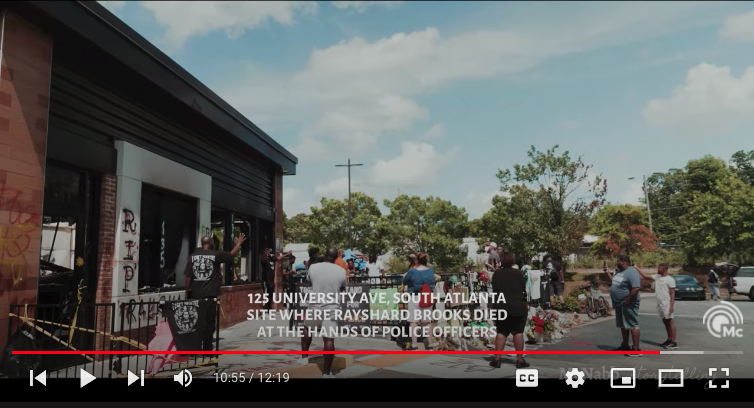 Example of an establishing shot. Courtesy of McNabb Storytelling.
Example of an establishing shot. Courtesy of McNabb Storytelling.2. Critical Action Shots - wide, medium and closeup shots of the critical action. Remember to shoot long takes to take in all the visual information possible.
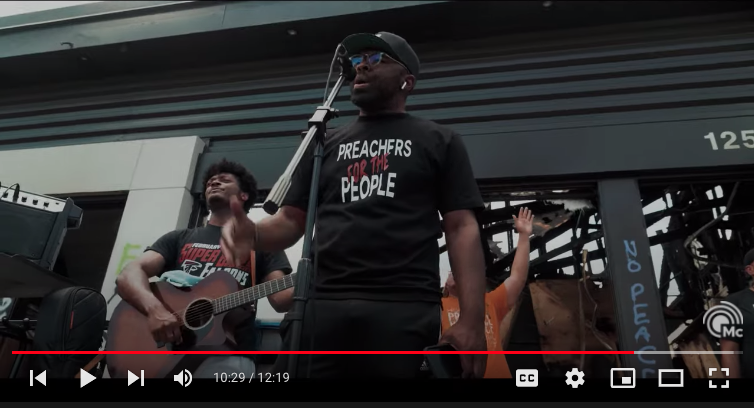 Example of a critical action shot. Courtesy of McNabb Storytelling.
Example of a critical action shot. Courtesy of McNabb Storytelling.3. Reaction Shots - these are most often closeup shots of reactions seen from different characters. Make sure you’re filming only the reactions that correspond to your critical action.
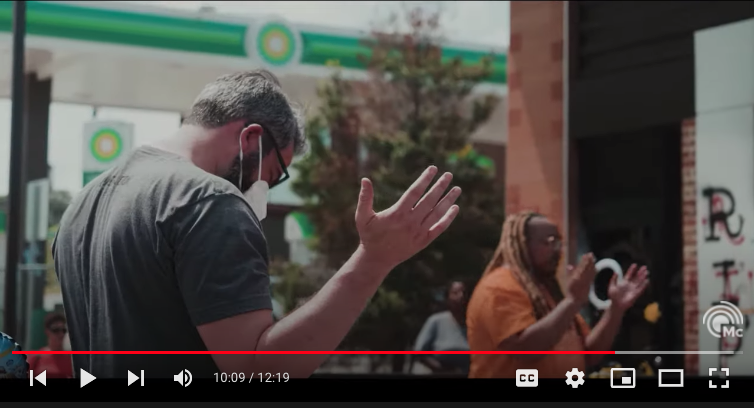 Example of a reaction shot. Courtesy of McNabb Storytelling.
Example of a reaction shot. Courtesy of McNabb Storytelling.4. Secondary Establishing Shots - these are wide and medium shots of your location that may or may not include the critical action. Diverse establishing shots can be edited together as as lead-ins when you are trying to connect scenes.
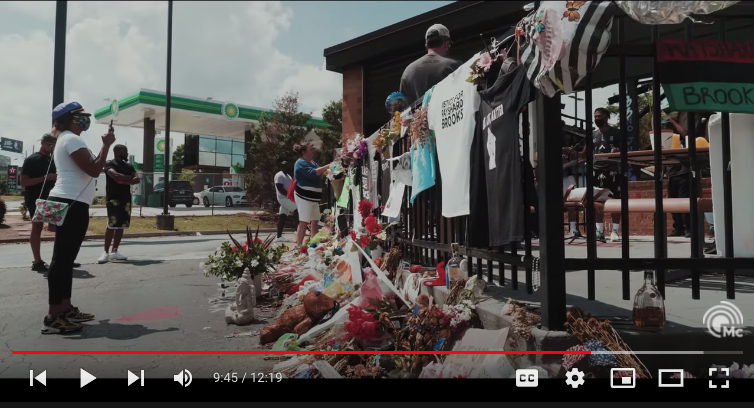 Example of a secondary establishing shot. Courtesy of McNabb Storytelling.
Example of a secondary establishing shot. Courtesy of McNabb Storytelling.5. Segue/Lead-In Shots - these are tertiary actions that happen around your critical action. In other words, they're not the main focus but they're still interesting. A few examples of segue shots are people doing their daily routines, talking to neighbors, walking etc. These shots are the pieces of the picture that don’t necessarily require attention, but nonetheless contribute to the story.
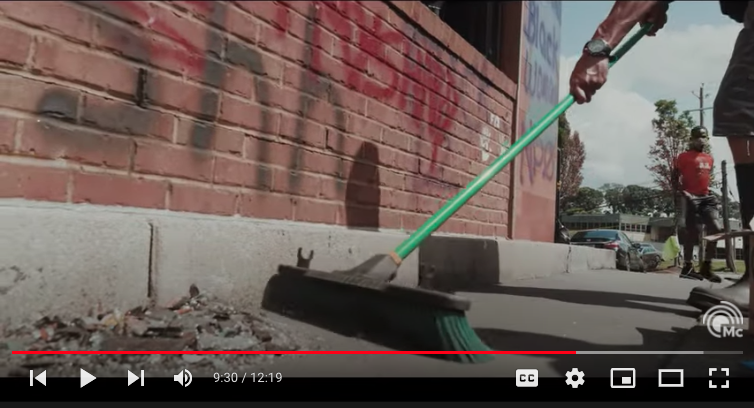 Example of a lead-in shot. Courtesy of McNabb Storytelling.
Example of a lead-in shot. Courtesy of McNabb Storytelling.6. Detail Shots - these are primarily closeup shots of objects that are in the scene. They tell your audience what kind of space it is. Is it safe? Quirky? Sad? Look for the visual cues.
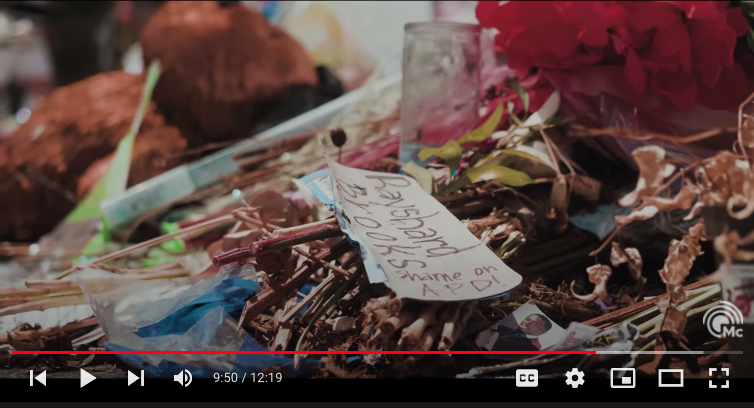 Example of a detail shot. Courtesy of McNabb Storytelling.
Example of a detail shot. Courtesy of McNabb Storytelling.Popular Filmmaking Gear
CREATE A SHOT LIST FOR DOCUMENTARY
Unlike with a fiction shoot, you may never reference your shot list during the filming of your documentary. That's ok!
The important thing is to respond to the story in front of you. However, visualizing the footage you'd like to capture will give you an advantage when the action starts to happen very fast.
For each scene you plan on shooting, first brainstorm on paper what you THINK might happen. For example, let’s say you are planning on shooting a scene at a sporting event. What do you think you might see in the...
- Establishing Shot? Probably a building, the entrance to a stadium.
- Central Action? The sport/match.
- Reaction Shot? Suspense, victory in fans' faces.
- Secondary Establishing Shot? A mascot, a team huddle.
- Lead-In? Athletes putting on gear, a scoreboard.
- Detail? An element of the event that defines the scene for your character. A gesture or personal item for example.
Visualizing these six shots will help you direct the footage as it happens in front of you.
When the time comes to press record, you'll check the boxes of your shot list without thinking!
Filmmaking Resources:
Ready To Make Your Dream Documentary?
Sign up for our exclusive 7-day crash course and learn step-by-step how to make a documentary from idea to completed movie!
